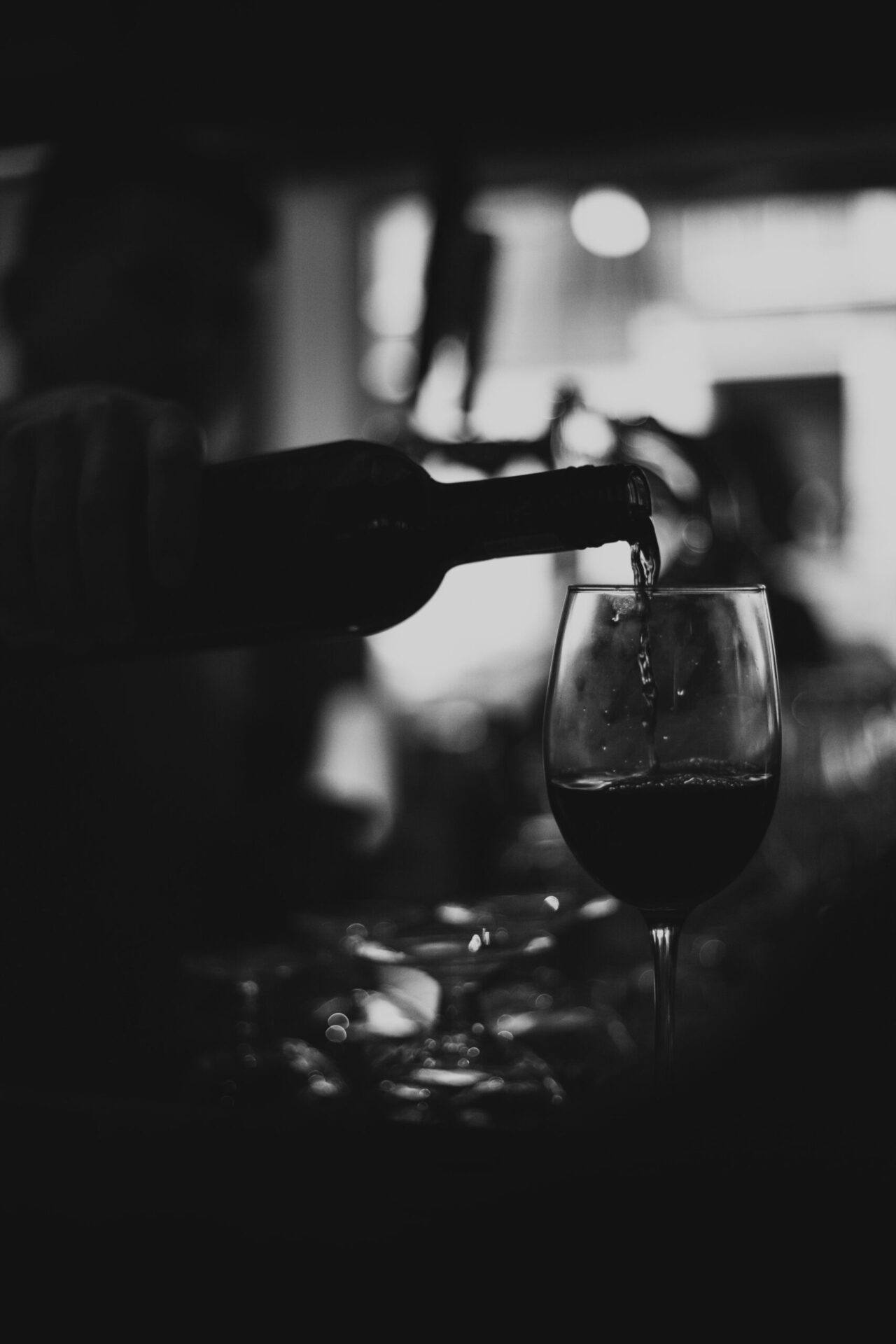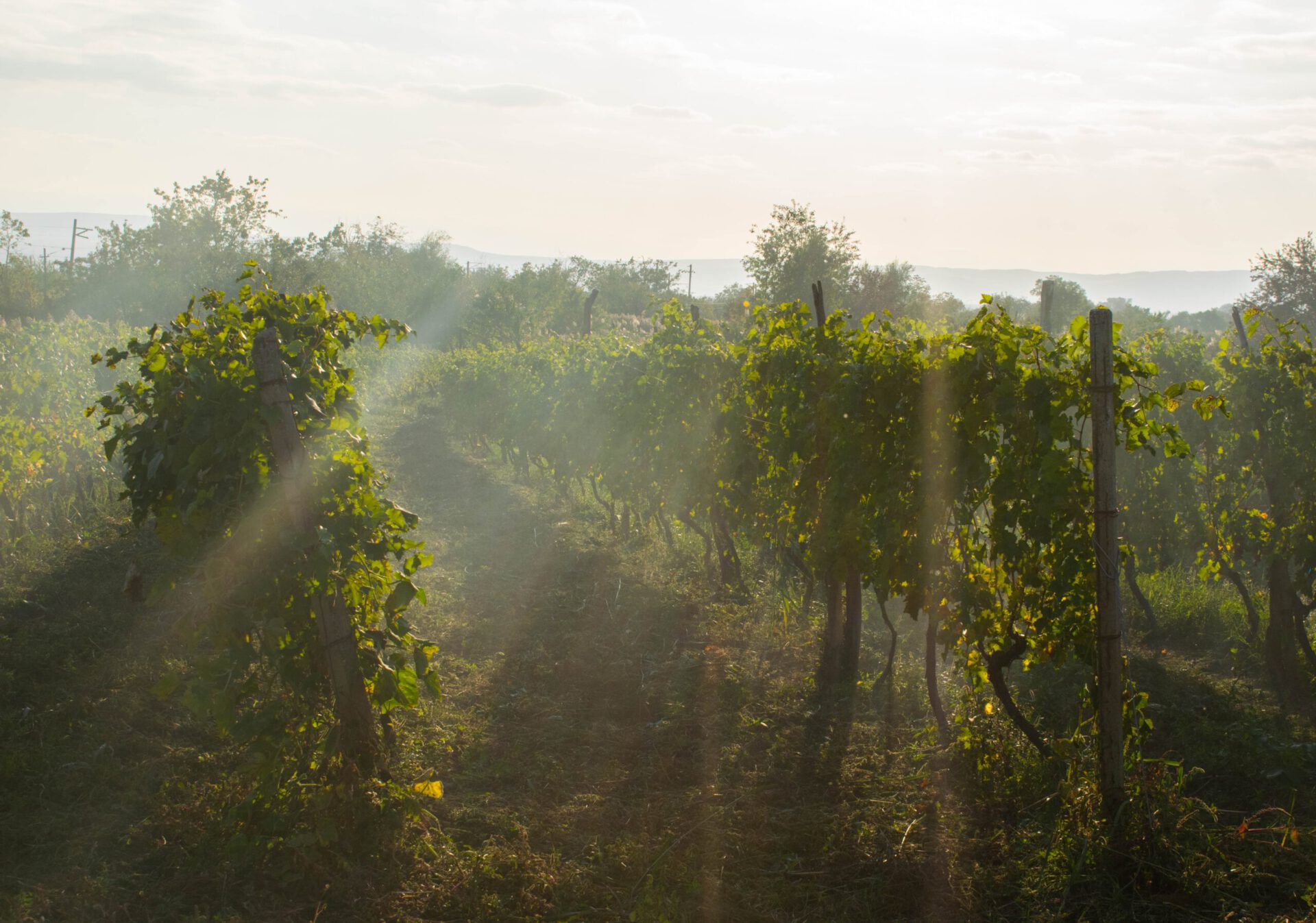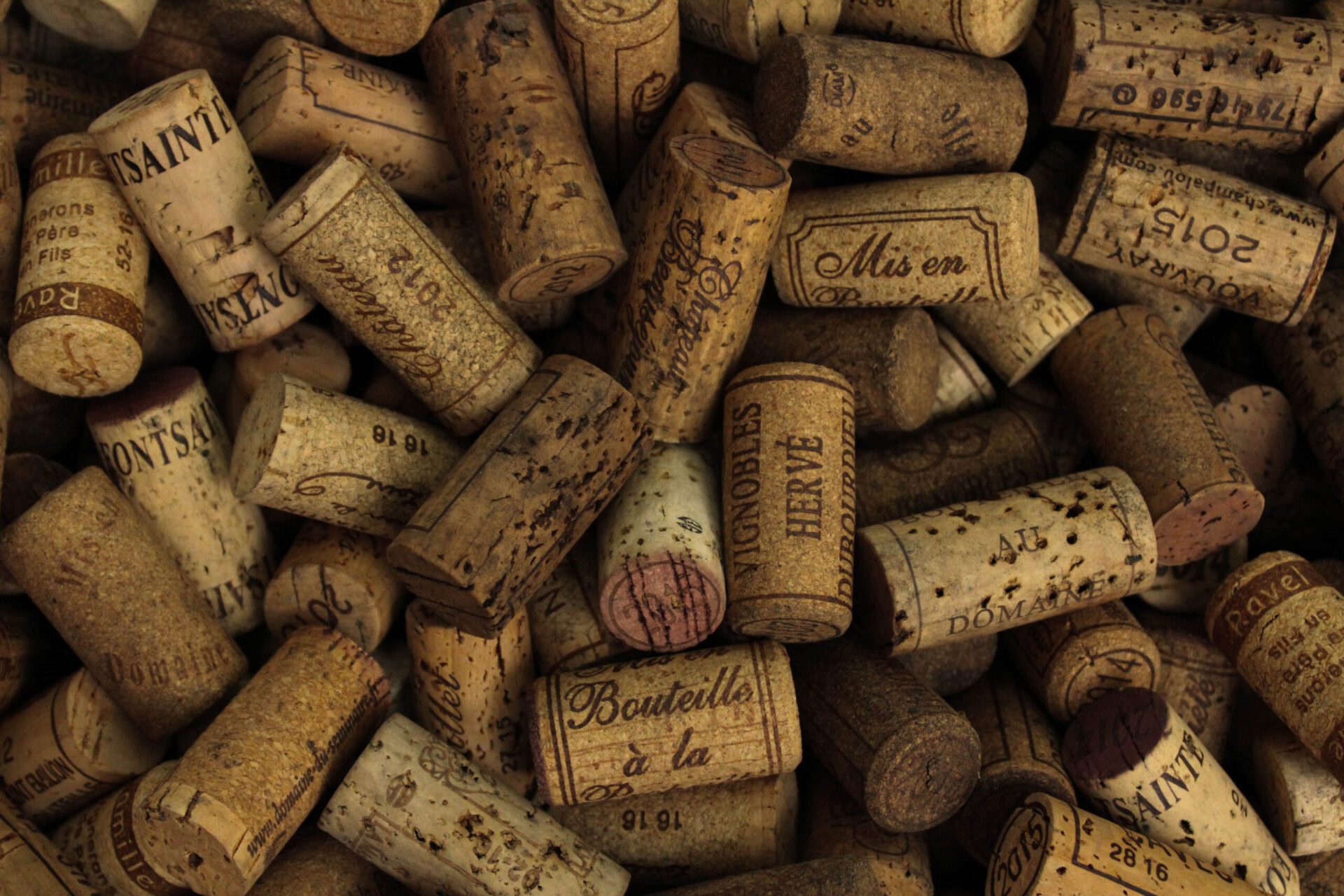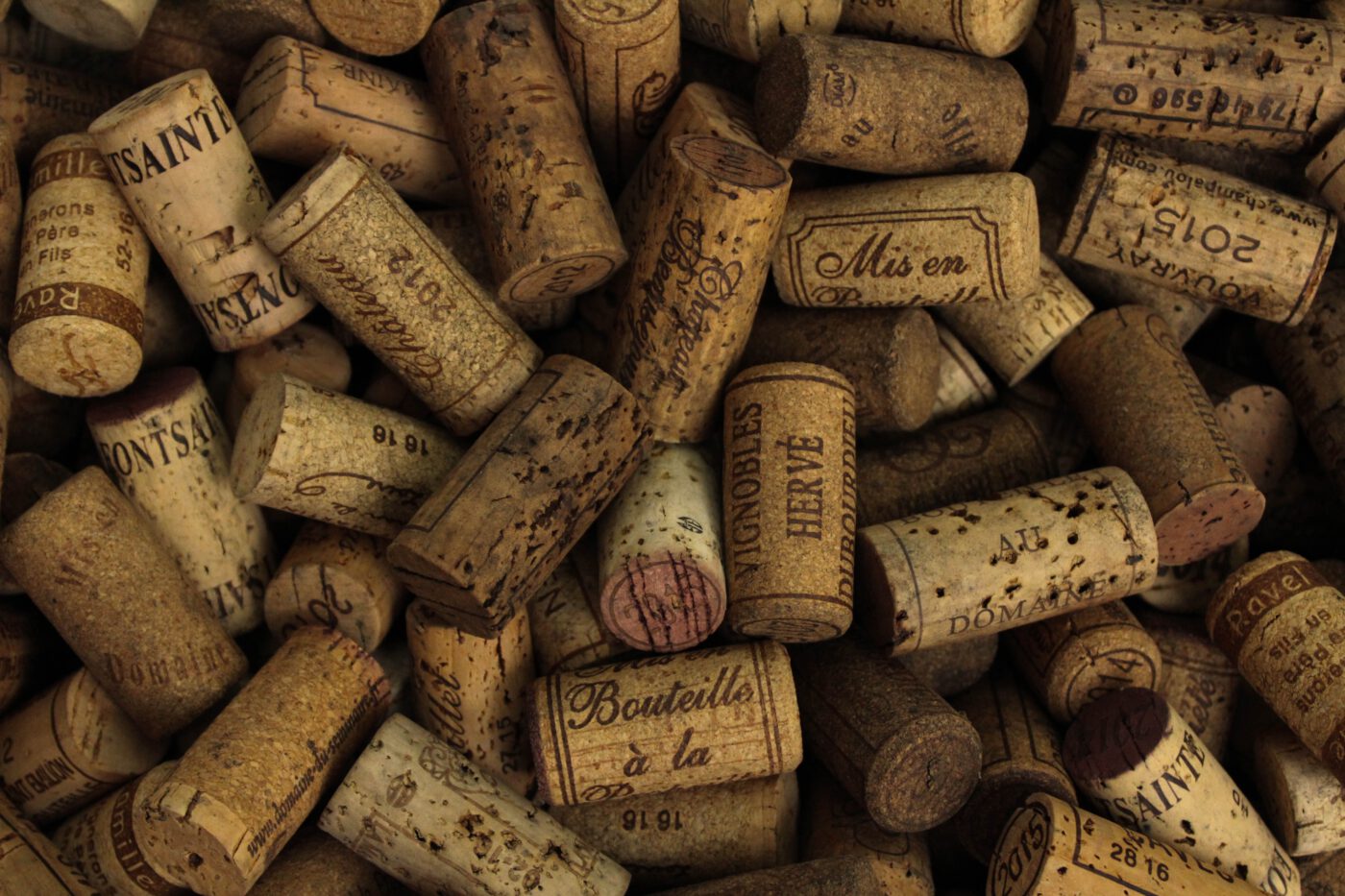Italy produces more wine than any other nation on Earth. Last year’s harvest yielded 49,100 hectoliters, maintaining this country’s annual lead over both France and Spain. It truly is a marvel that 20% of the world’s wine comes from this tiny nation roughly the size of Arizona. The rich volcanic soil paired with the Mediterranean climate–and a few thousand years of technical refinement–have shaped a terroir that is nothing short of ideal for growing grapes. All 20 regions have their signature wines, each of which they are quite justifiably proud of, and Tuscany is certainly no exception. With viticultural traditions dating back to the Etruscan era, this central region produces some of the finest and broadly-recognized Italian wines. However, notwithstanding a glowing recommendation from Dr. Lecter, there’s a lot more going on in Tuscany besides Chianti.
So, here’s a primer on five other Tuscan reds that you really ought to try when you visit. Before we get started, we need to get acquainted with the Sangiovese grape. While this versatile, purplish-black varietal accounts for 10% of the vineyards of Italy, its spiritual home is Tuscany. In fact, the grape features in four of the five wines I’m about to list. While often mistaken for a reference to some obscure Catholic saint, the name actually comes from the Latin sanguis Jovis: the Blood of Jupiter.
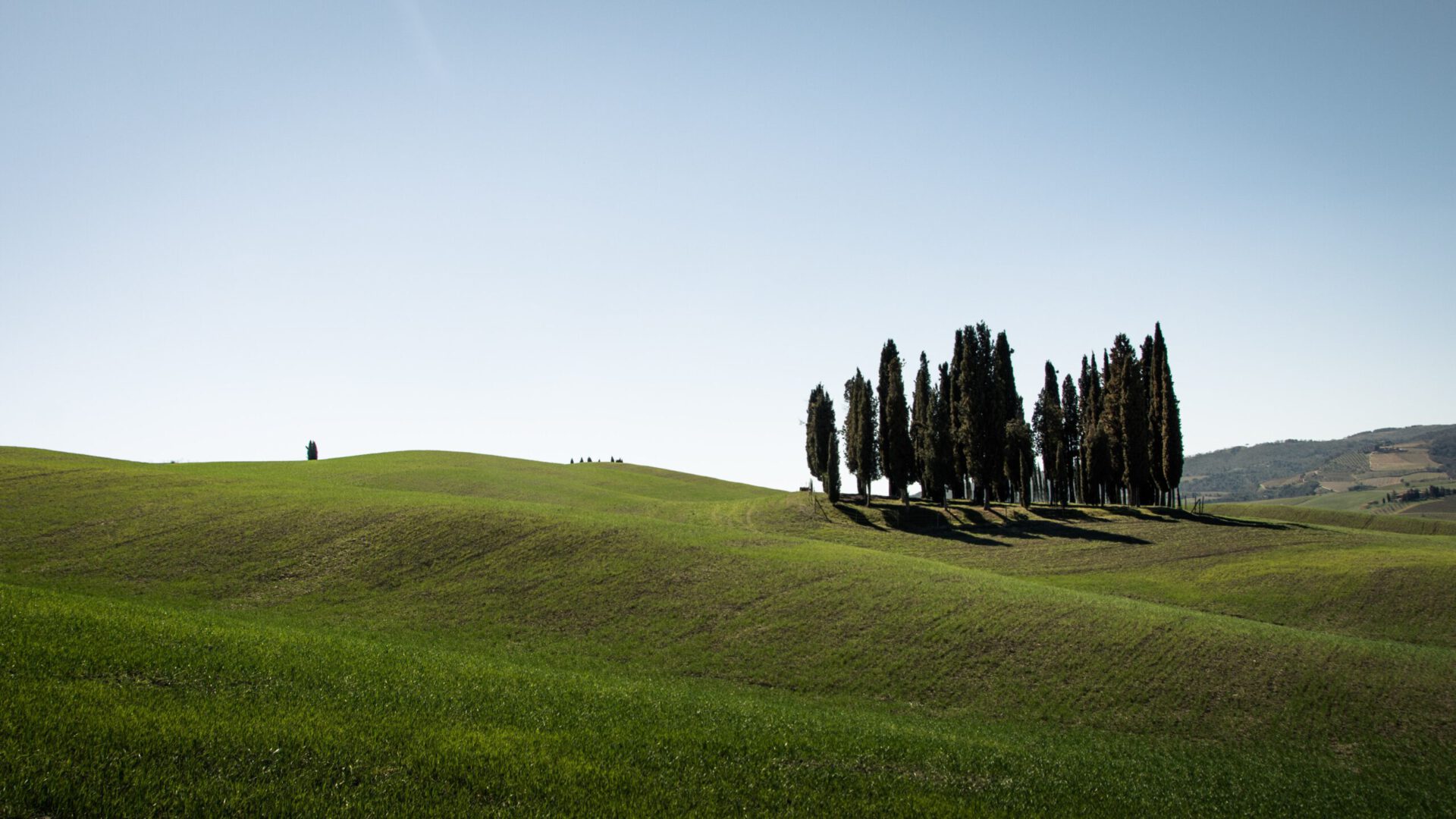
Brunello di Montalcino – DOCG
In Tuscany, the name Brunello is spoken with reverence. This ruby-to-garnet hued red, made entirely from a Sangiovese clone, is characterized by velvety tannins, a complex bouquet of forest floor, cherry fruit, and toasted vanilla, and a long finish. It pairs exceedingly well with seasoned cheese, red meats, and game, making it the perfect companion for the great Tuscan meal of your life. In fact, I’ve long since decided that if I ever face a firing squad, my last meal will consist of a Florentine steak (here’s where to get seven of the best) and a bottle of Brunello. The only downside is the price. Brunello producers are playing the long game—according to the DOCG rules, the wine can be released no sooner than five years after harvest. This is why if you see a bottle going for less than €40, forget it.
Fortunately, there’s a backup plan…
Rosso di Montalcino – DOC
Rosso di Montalcino was established in 1984. Like its big cousin Brunello, it’s made from 100% Sangiovese Grosso (sometimes just called Brunello grapes.) The difference, rather, is in the aging. As previously mentioned, Brunello requires five years of patience, with a minimum of 24 months in wood. Rosso, on the other hand, can be released after only six months in the barrique and another six in the bottle. This not only provides a more approachable wine for anyone not in the mood to drop €50, but gives Brunello producers something to release while their flagship wine slowly matures. With notes of wild berry jam and black cherry and hints of spice and vanilla, it goes well with savory first courses (think tomato-based pasta dishes), roasts, and my personal favorite pairing, Tuscan prosciutto (very different from what you find elsewhere).
Morellino di Scansano – DOCG
This elegant, full-bodied, spicy wine comes from the southern coastal area of Maremma. It’s 85% Sangiovese blended with Alicante, Ciliegiolo, Colorino, Malvasia Nera, Canaiolo, Montepulciano, Merlot, Syrah, Cabernet Franc, or Cabernet Sauvignon as the producer wishes. Notes of pepper, dried plums, cherries, and potpourri show themselves, and while few agree, I swear I get hints of chocolate. Look for the “Campo della Paura” Morellino from Fattoria Querciarossa. I’ve hosted tastings at the beautiful vineyards of their producer, Bruna Baroncini, and convincing people to bring home a bottle was like asking kids if they were up for some ice cream. You can pair this with wild boar or spicy, well-seasoned cheese, and it’s my go-to for any aperitivo between October and March.
Bolgheri Sassicaia – DOC
This list won’t be complete without mentioning the Super Tuscans. When Italy introduced their wine appellation system in the 1960s, it was a double-edged sword. On one hand, it brought uniformity to and protected the names of noble wines like Chianti. At the same time. a lot of producers felt their creativity was being restricted. They reacted by creating blends that were completely outside Italian tradition, even incorporating French varietals like Merlot and Cabernet Sauvignon, and aging them in French barriques. Feeling that they were too good to be referred to simply as Vino da Tavola (“table wine”), they invented the term Super Tuscan. In 1978, a six-year-old bottle of Sassicaia (Cabernet Sauvignon and Cabernet Franc) put the movement on the map when it beat a number of top Bordeaux wines in a blind test. Now it’s the stuff of legend. However, given the price tag, it’s suited for two occasions:
1) You have a week to live.
2) You’ve already built your wine cellar.
Vino Nobile di Montepulciano – DOCG
The signature wine of the medieval town of Montepulciano is a close contender with Brunello for the title of greatest Tuscan red. Its noble lineage dates back at least to the 15th century, and it has filled the glasses of Pope Paul III, Voltaire, and Alexandre Dumas. In 1980, the wine became one of the first four to receive Italy’s coveted DOCG certification. It’s 70% Sangiovese blended with other local varietals and aged for 24 months, half of which must be spent in oak barriques. The style varies depending on the producer, but expect a medium-bodied wine with high acidity and dominant notes of plum, wild cherry, and raspberry. I highly recommend tracking down a bottle from the Contucci family. When my guided tours have free time in Montepulciano, I’ve been known to whisk people into the 16th-century Palazzo Contucci for an impromptu tasting with their host Antonella Giuliotti (also known as the reason I can’t save money).
One last note: there’s also a grape named Montepulciano, but it has nothing to do with the town or the wine in question. If your label says Montepulciano d’Abruzzo, for instance, that’s a whole other thing.


